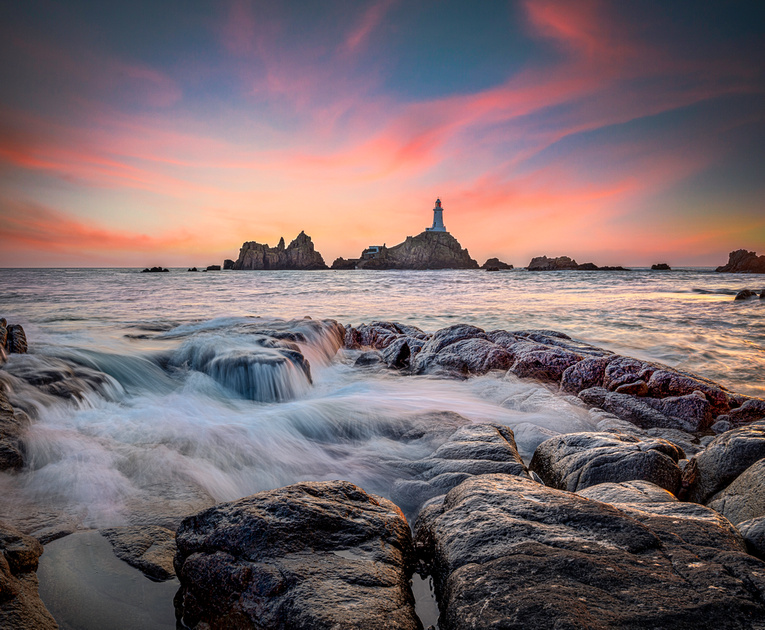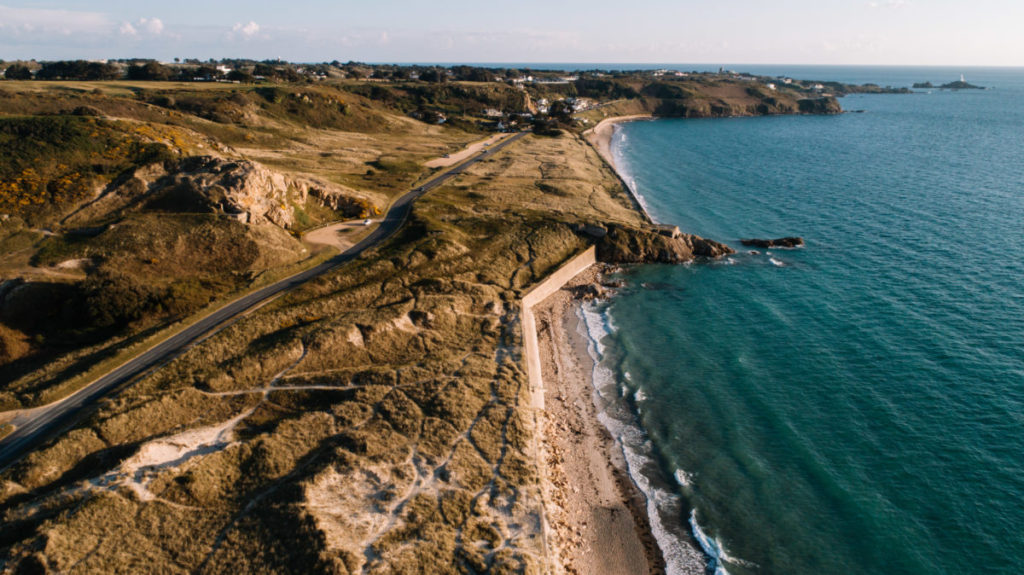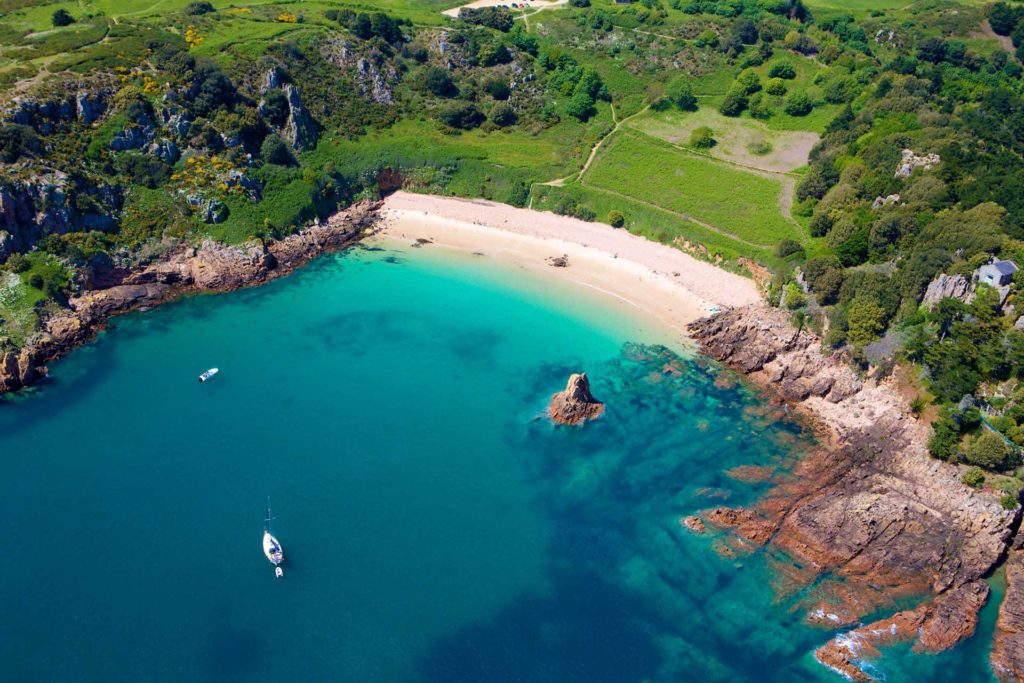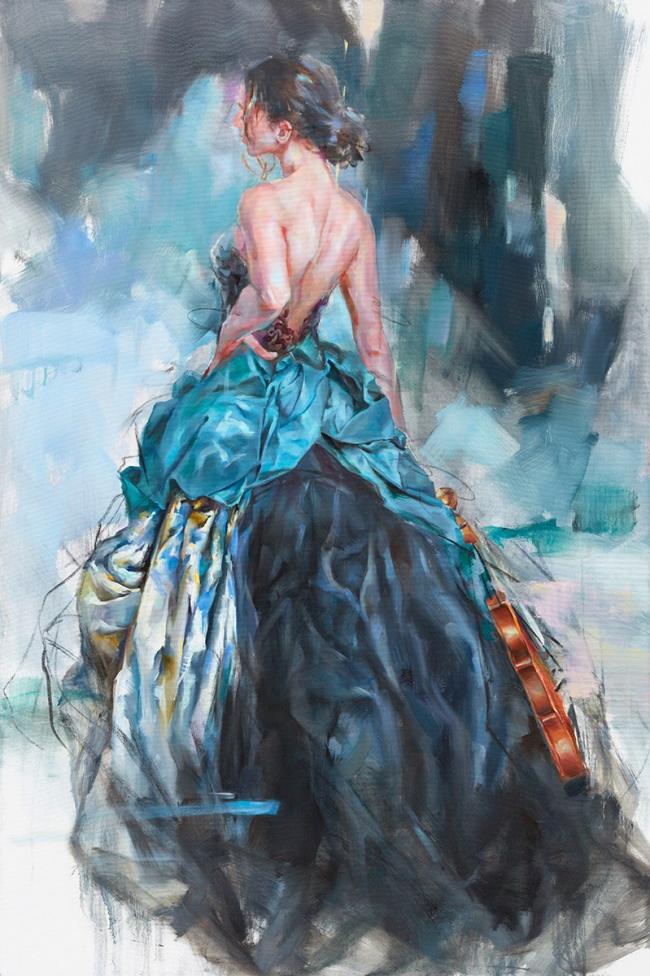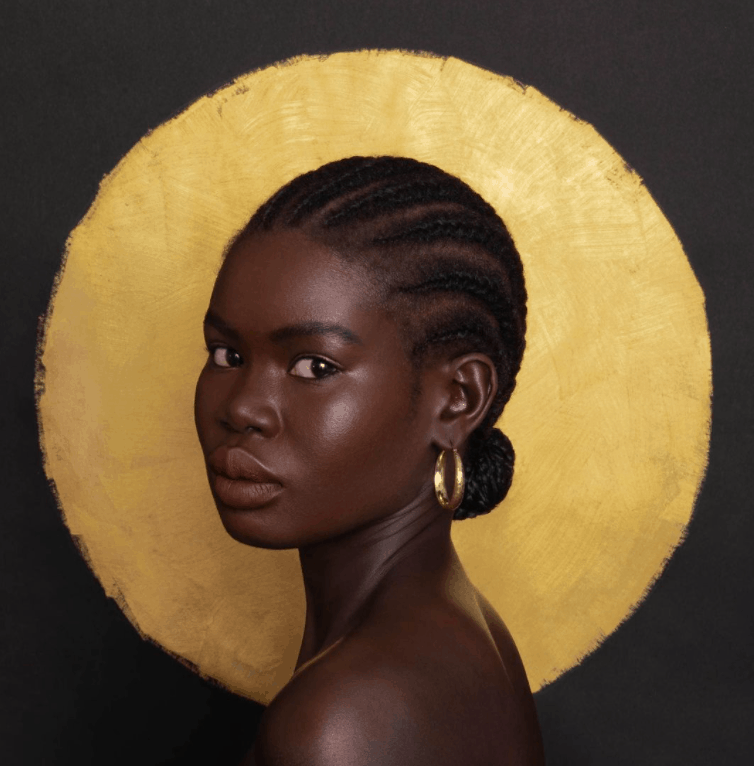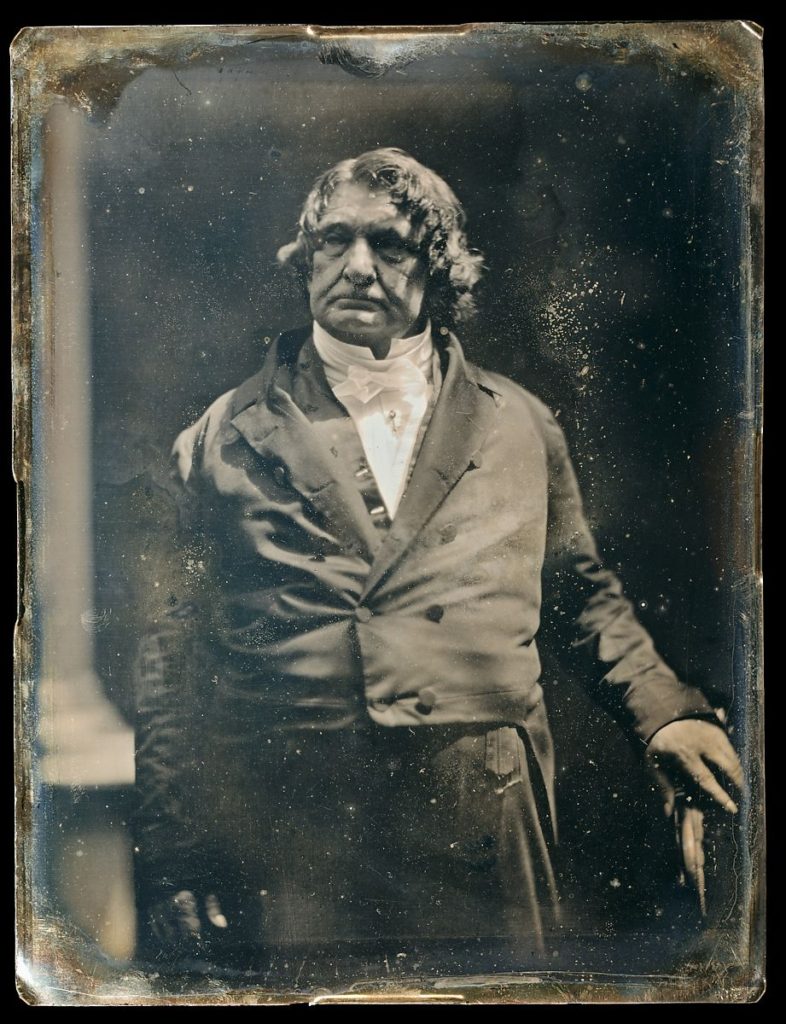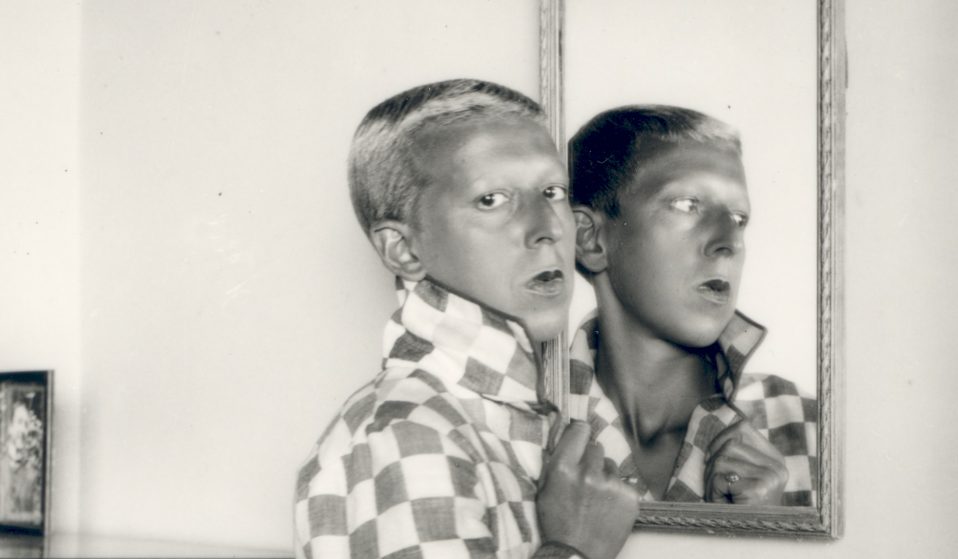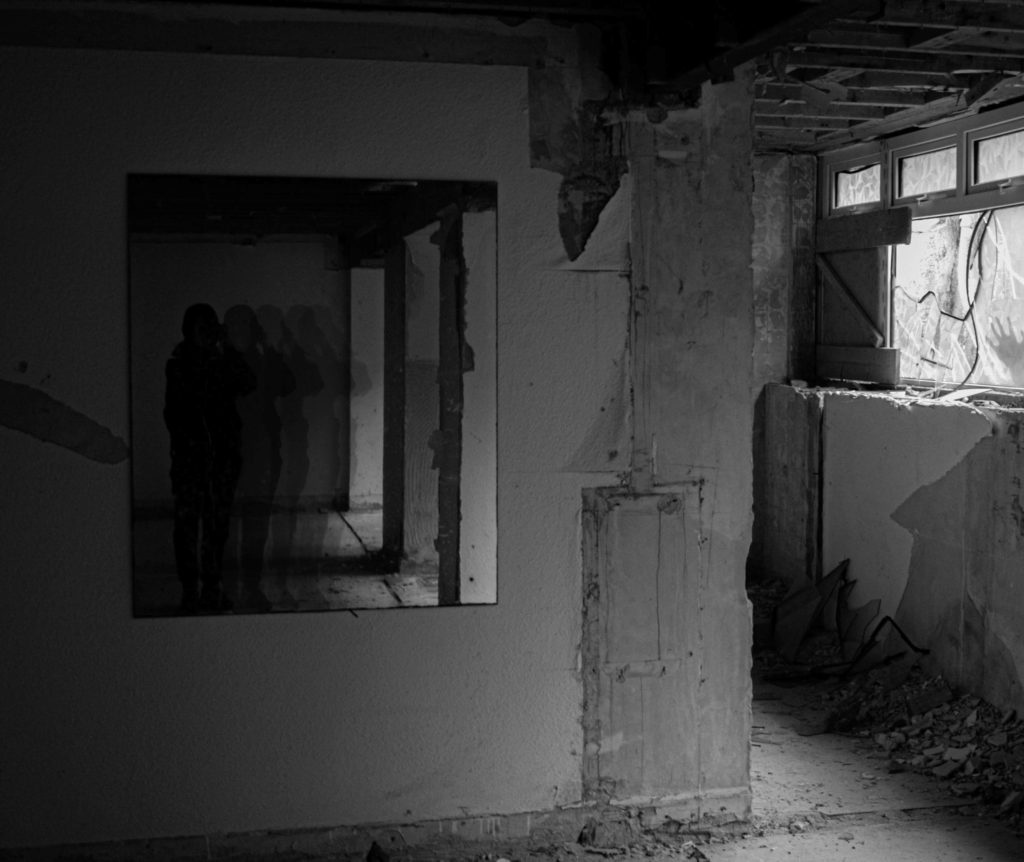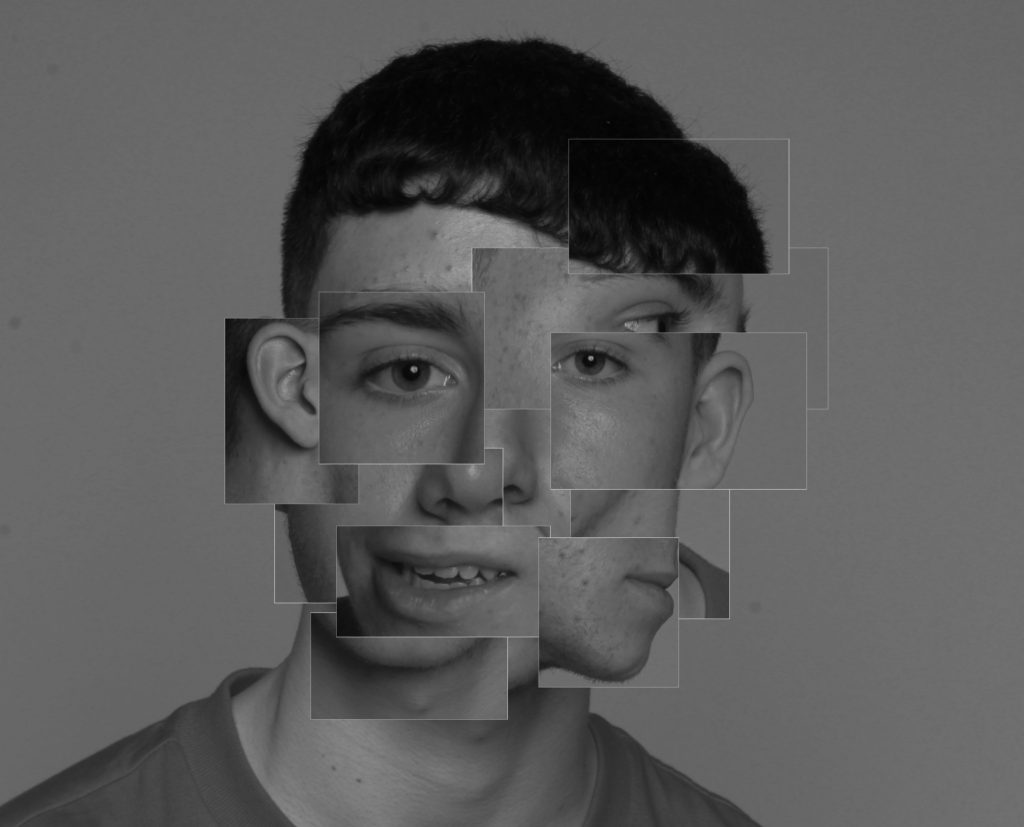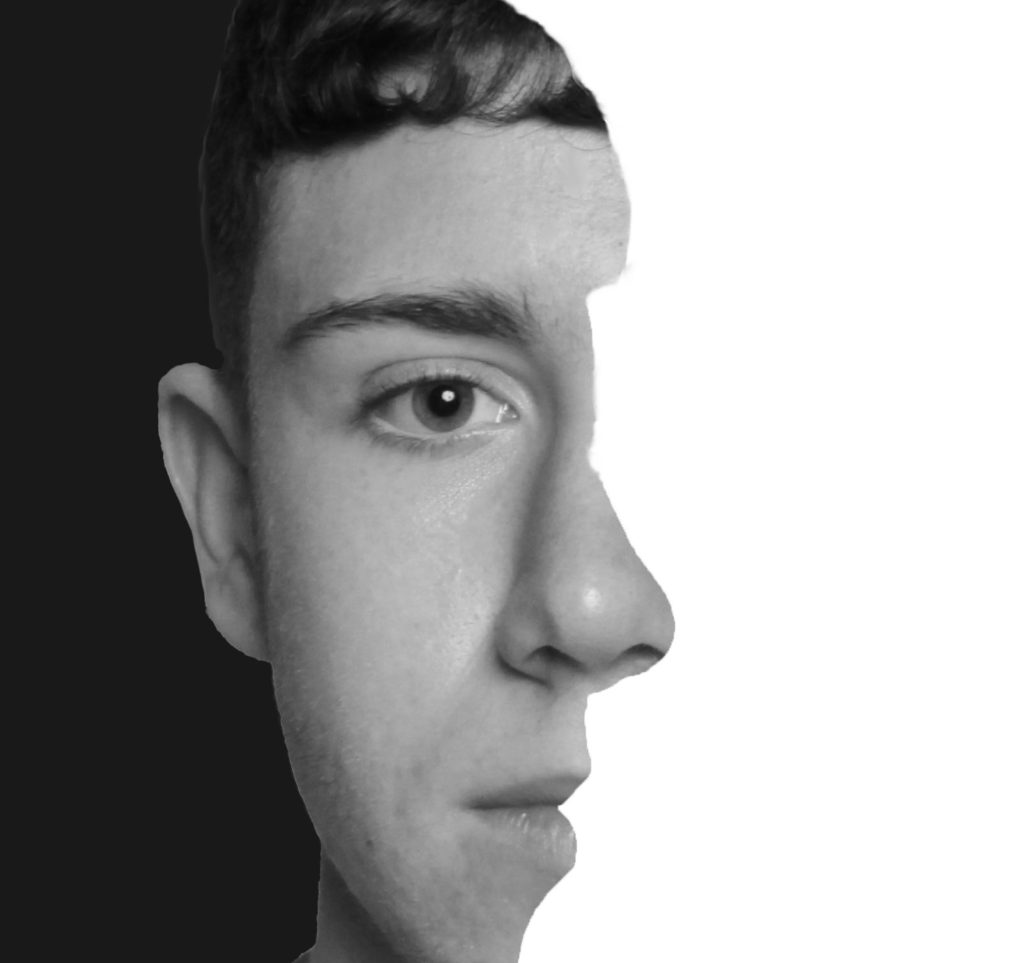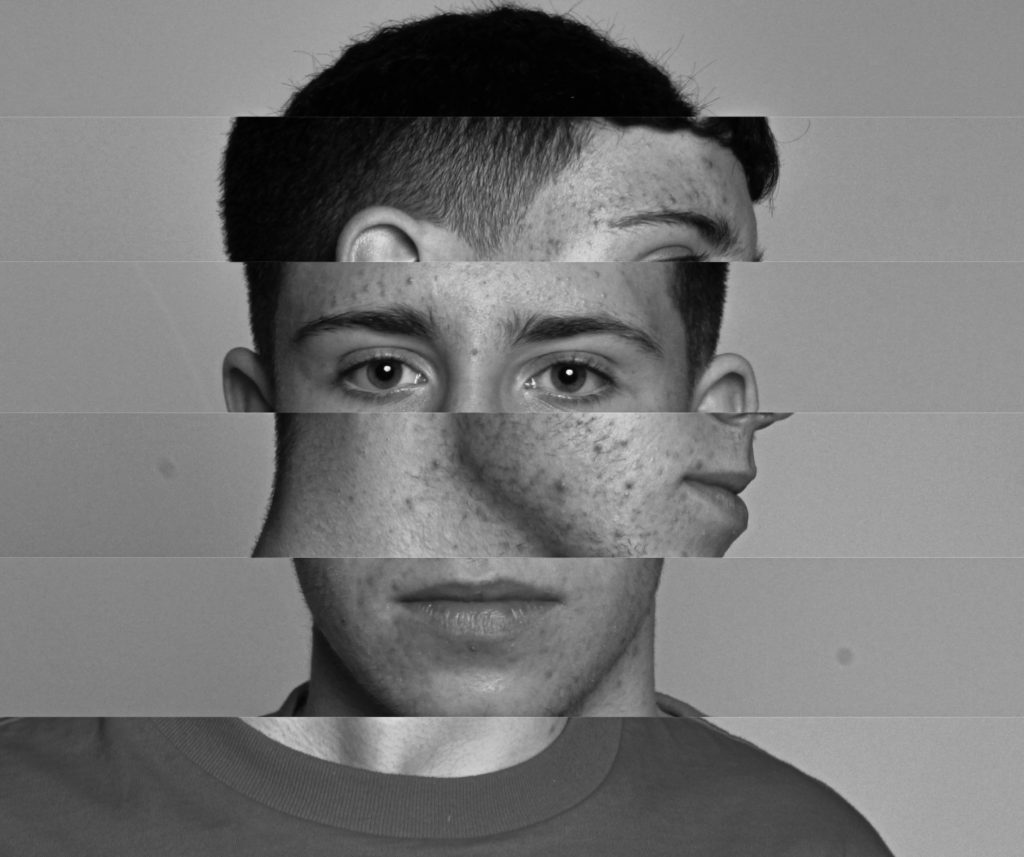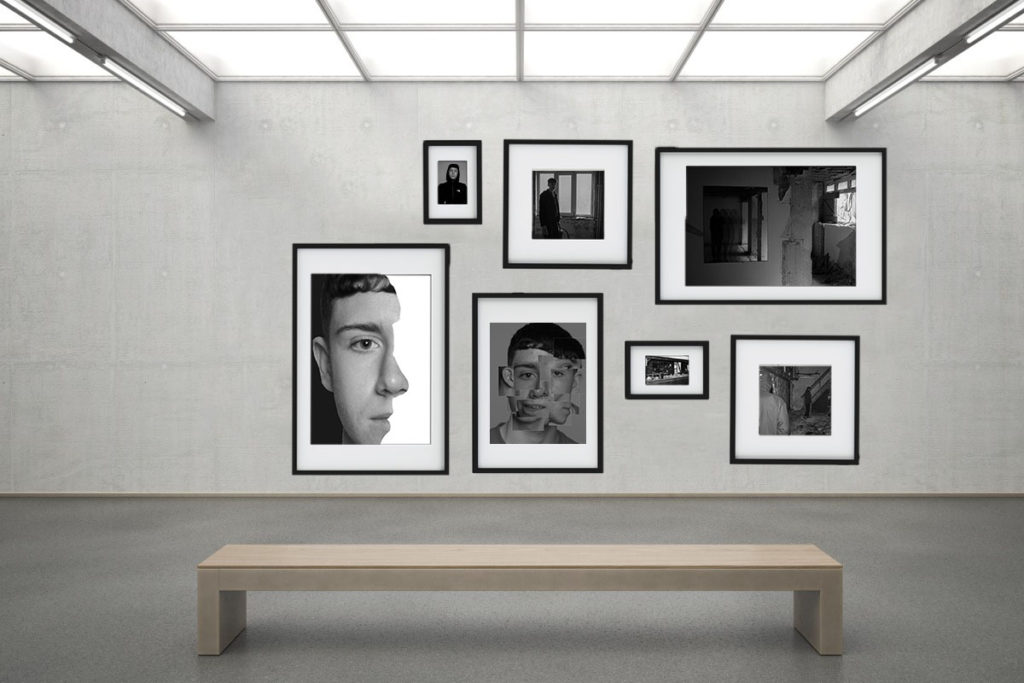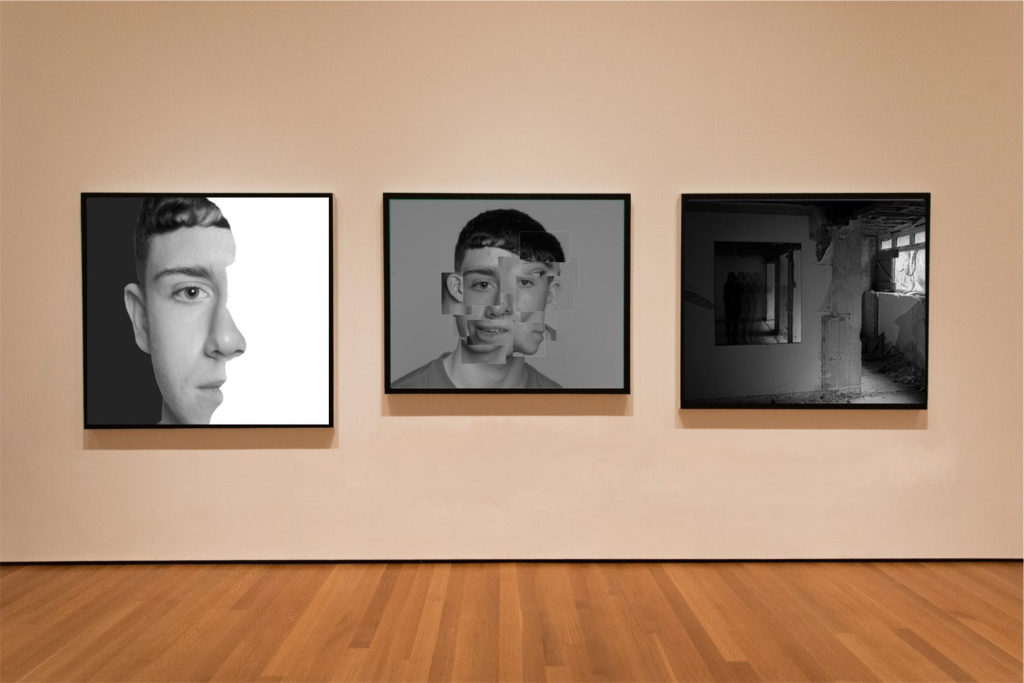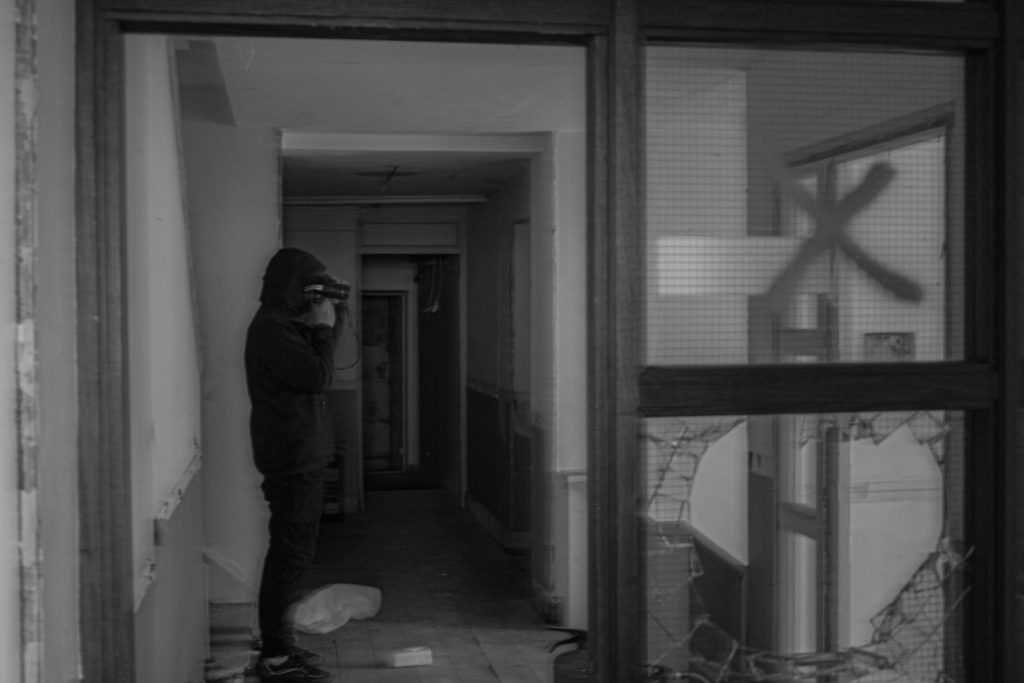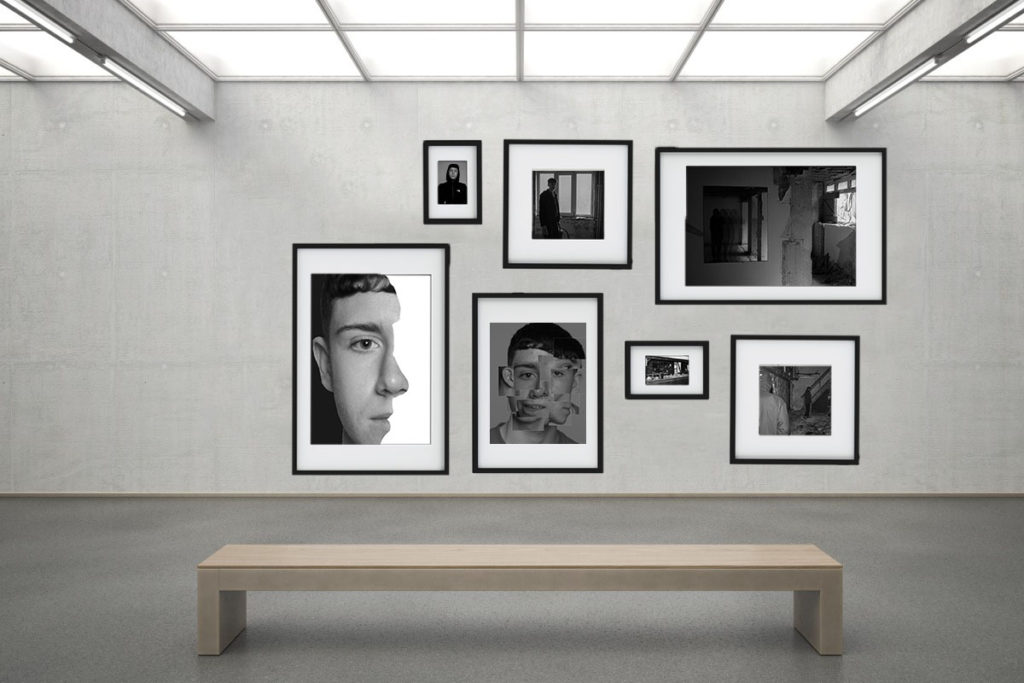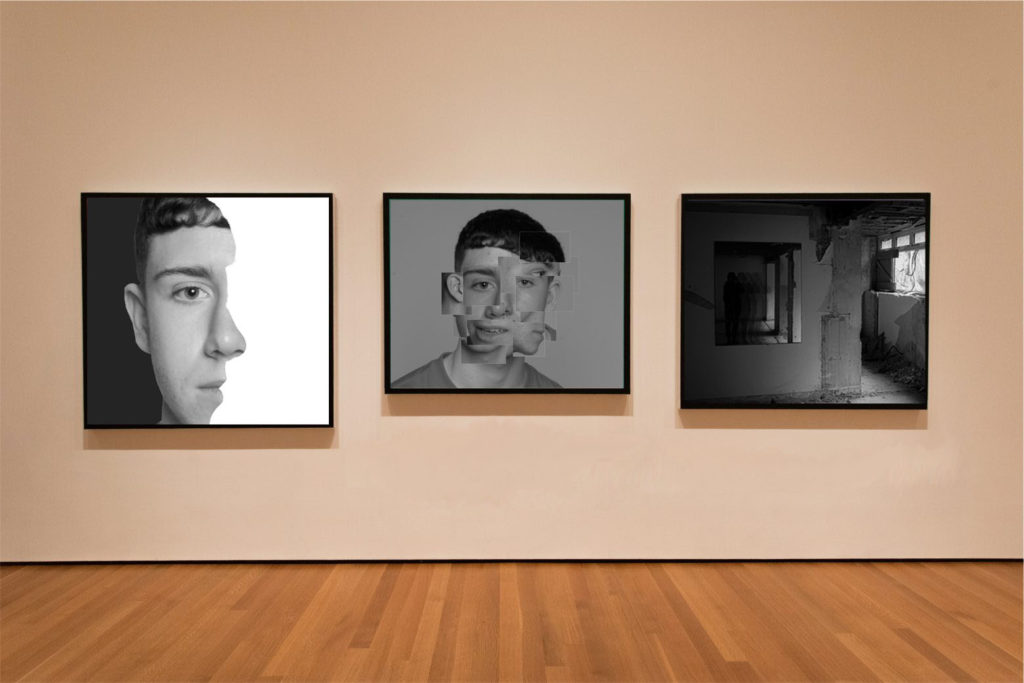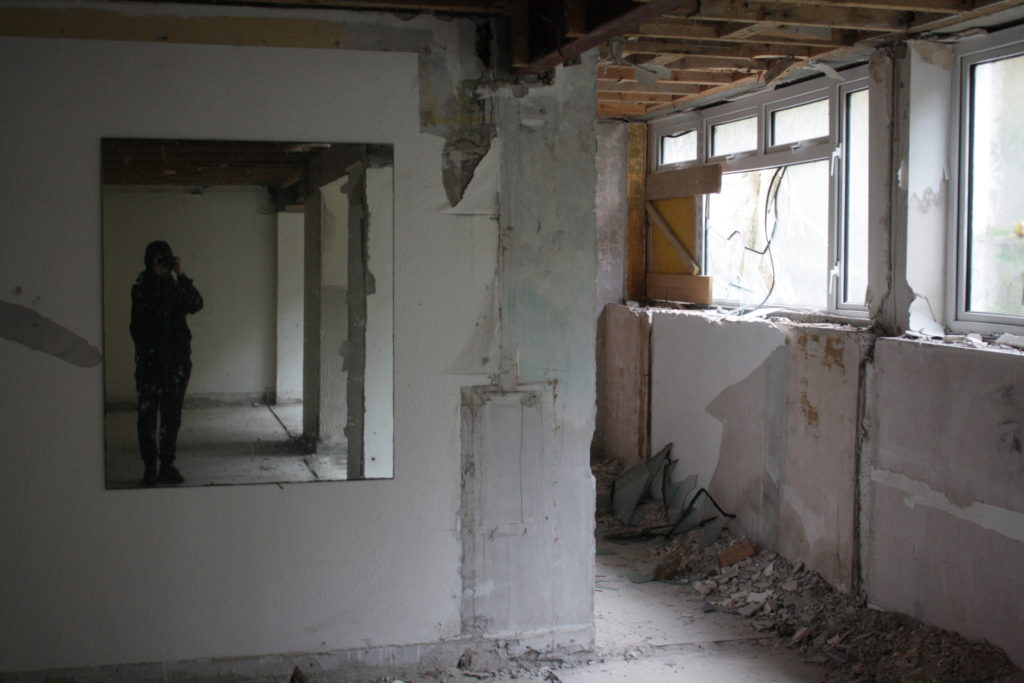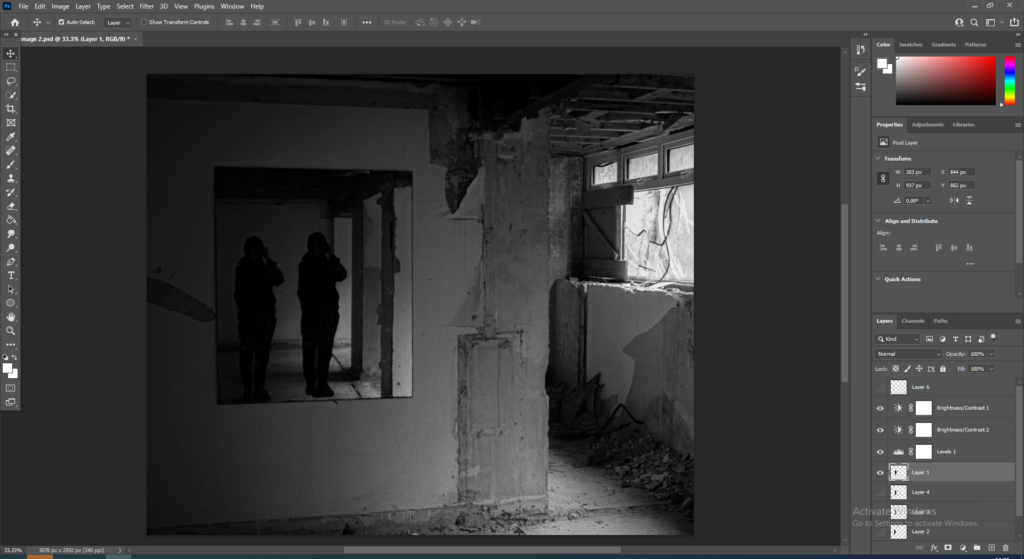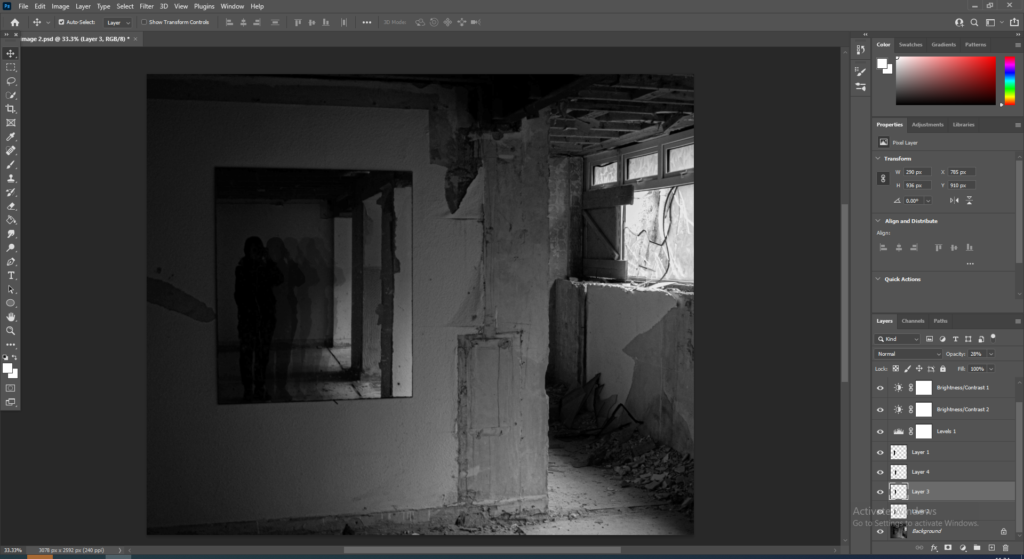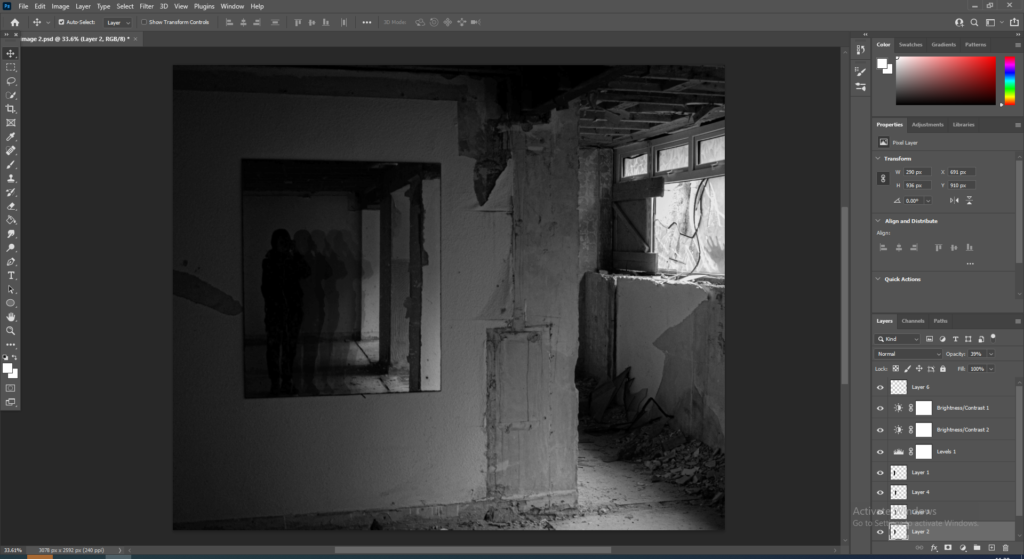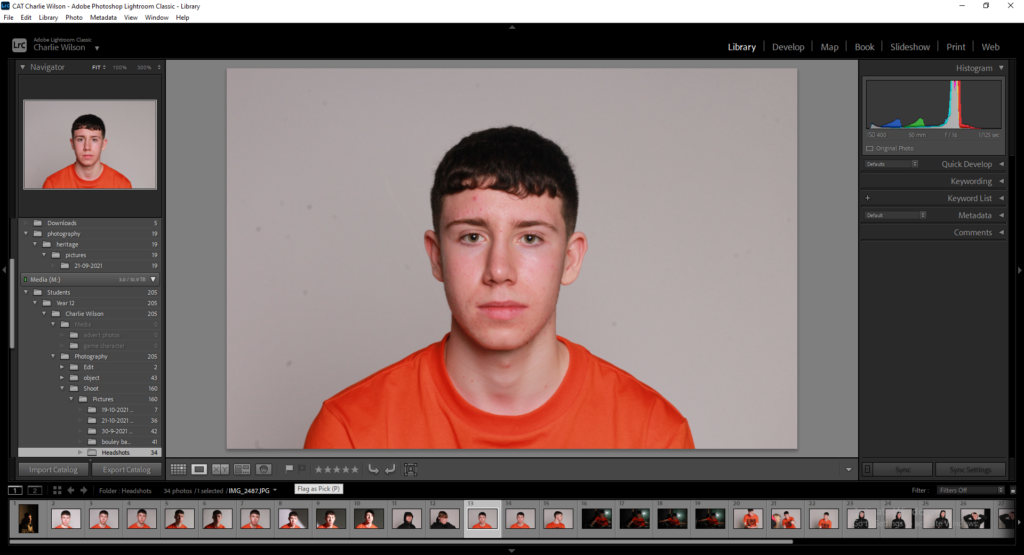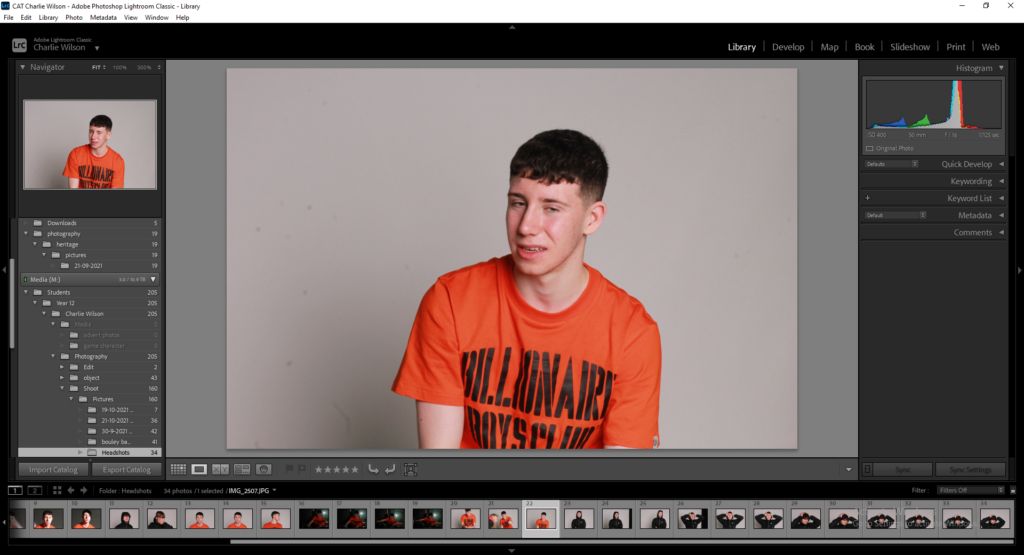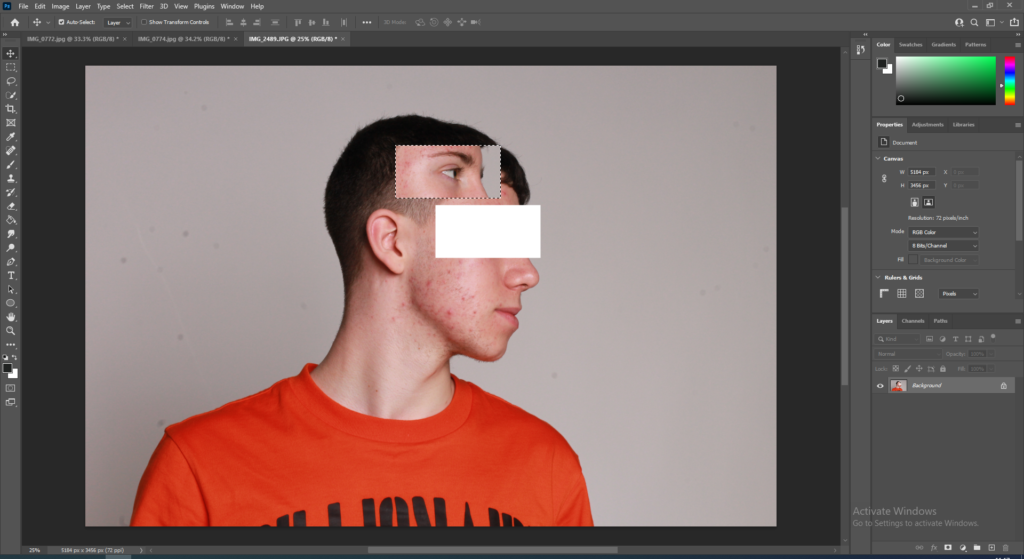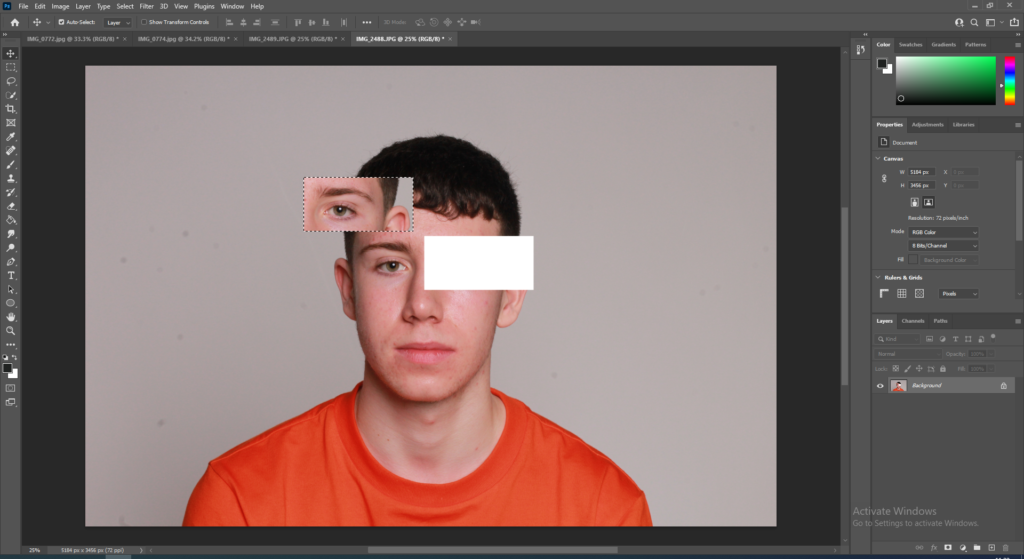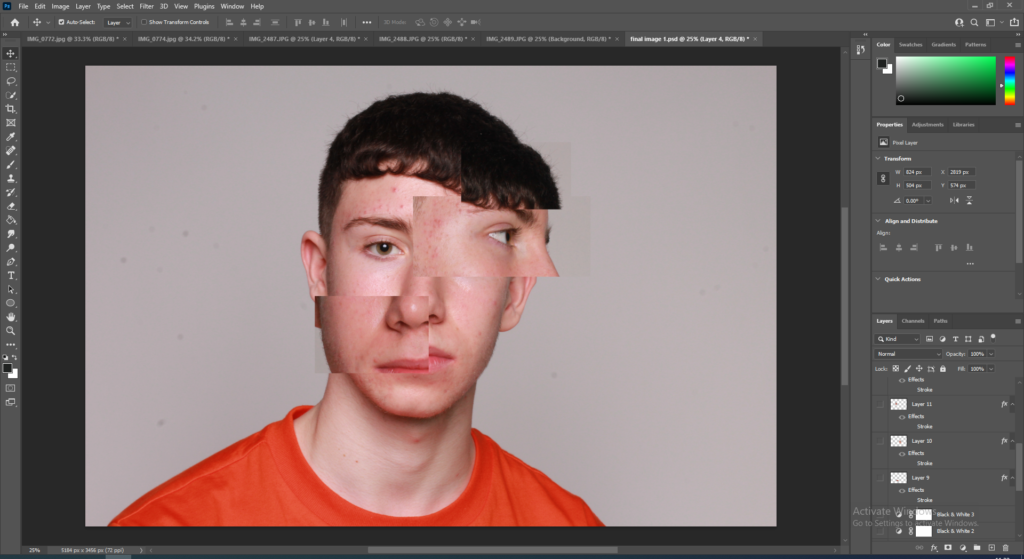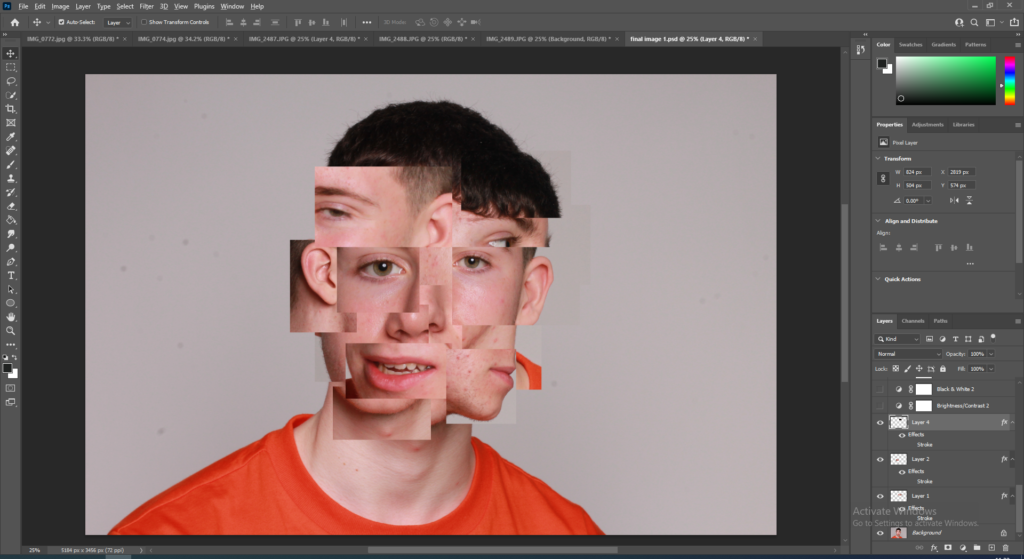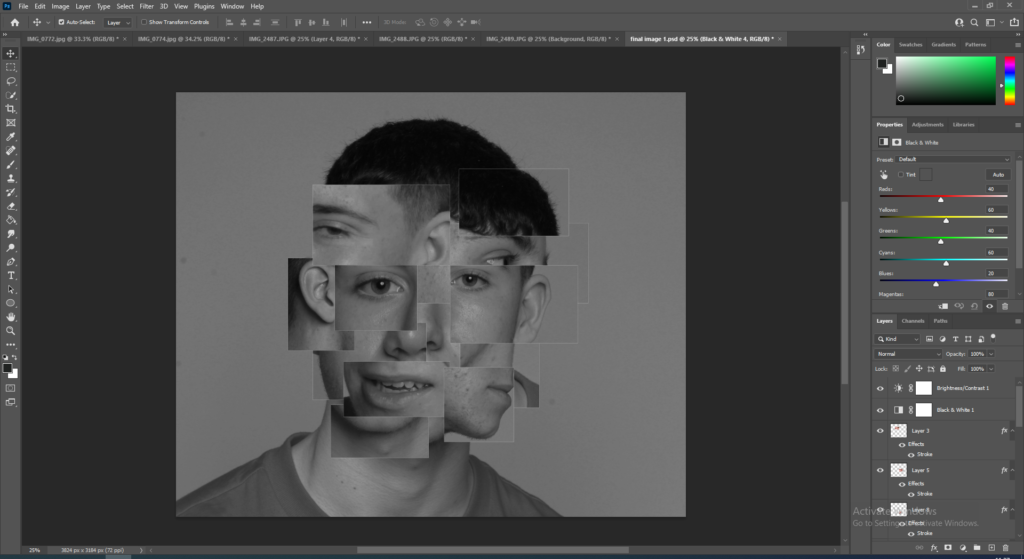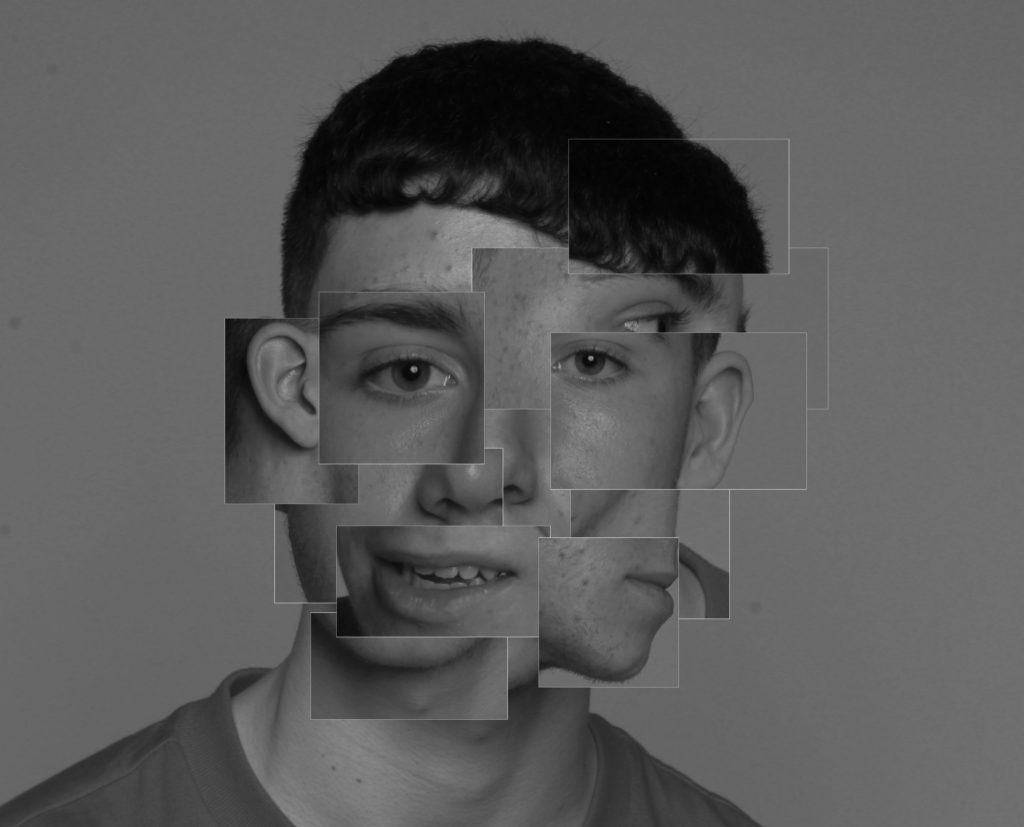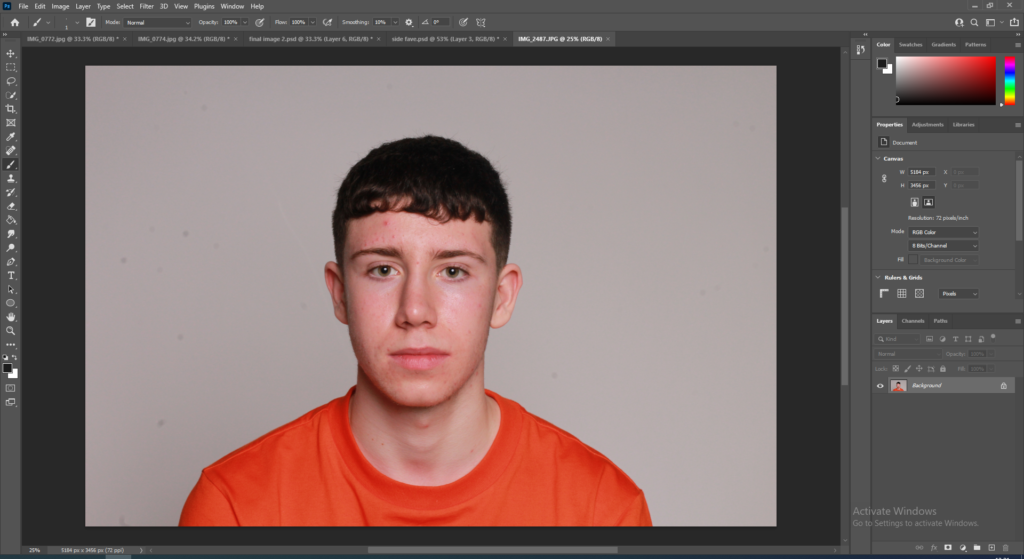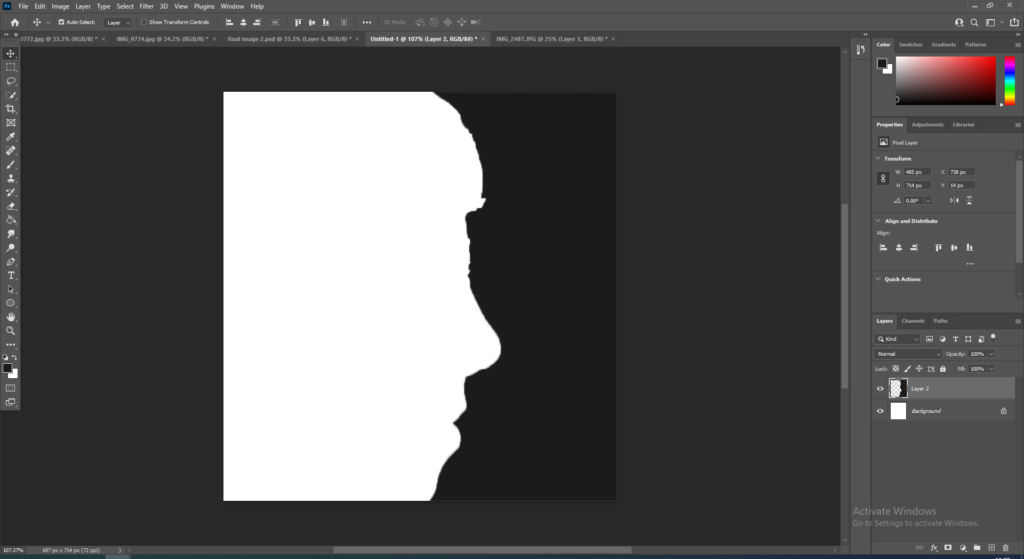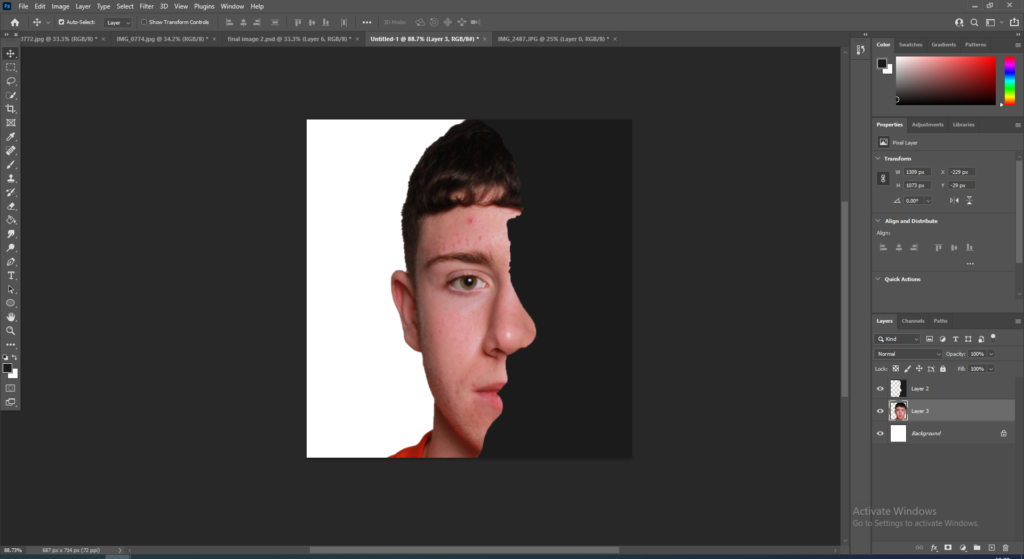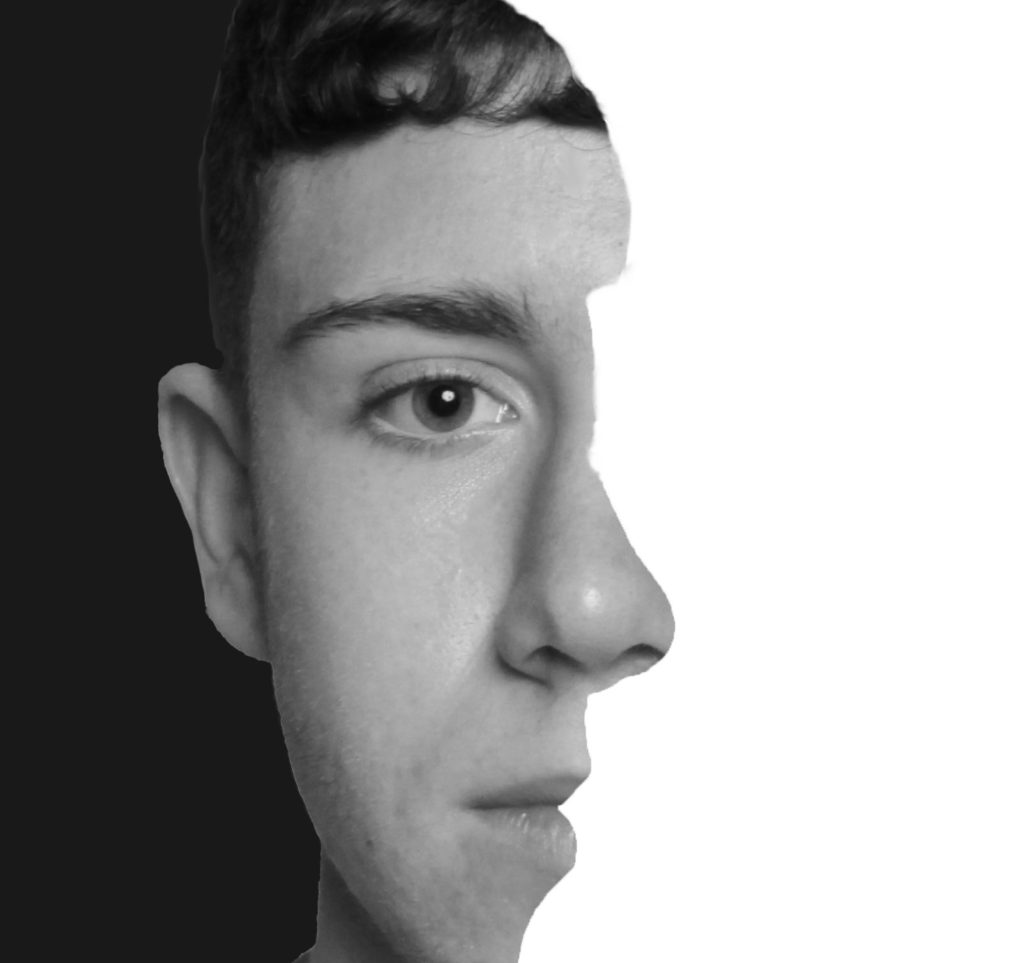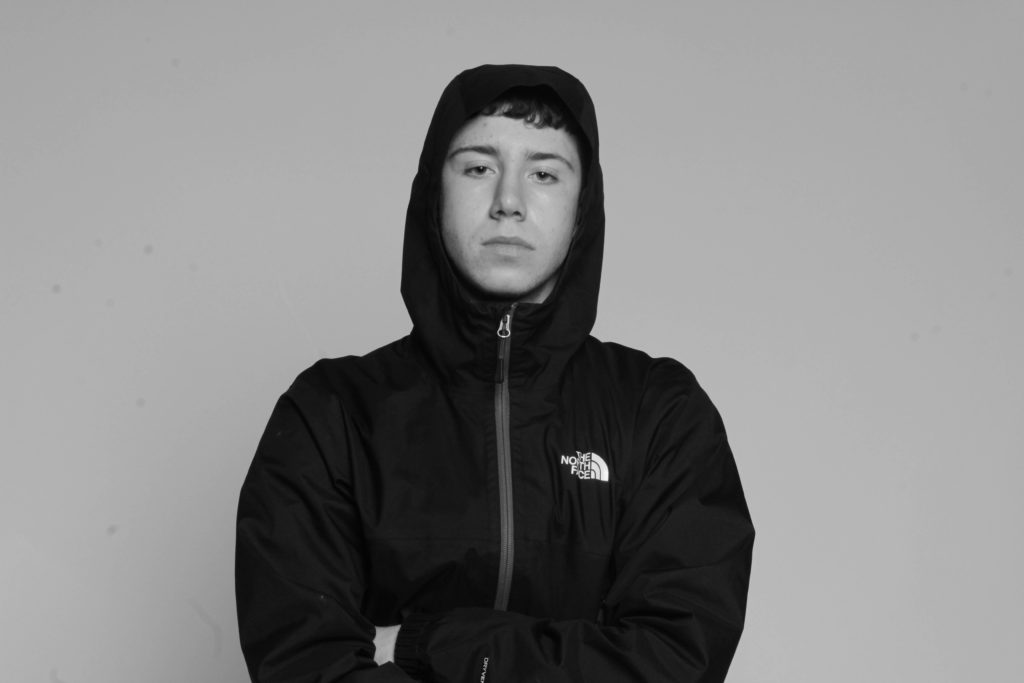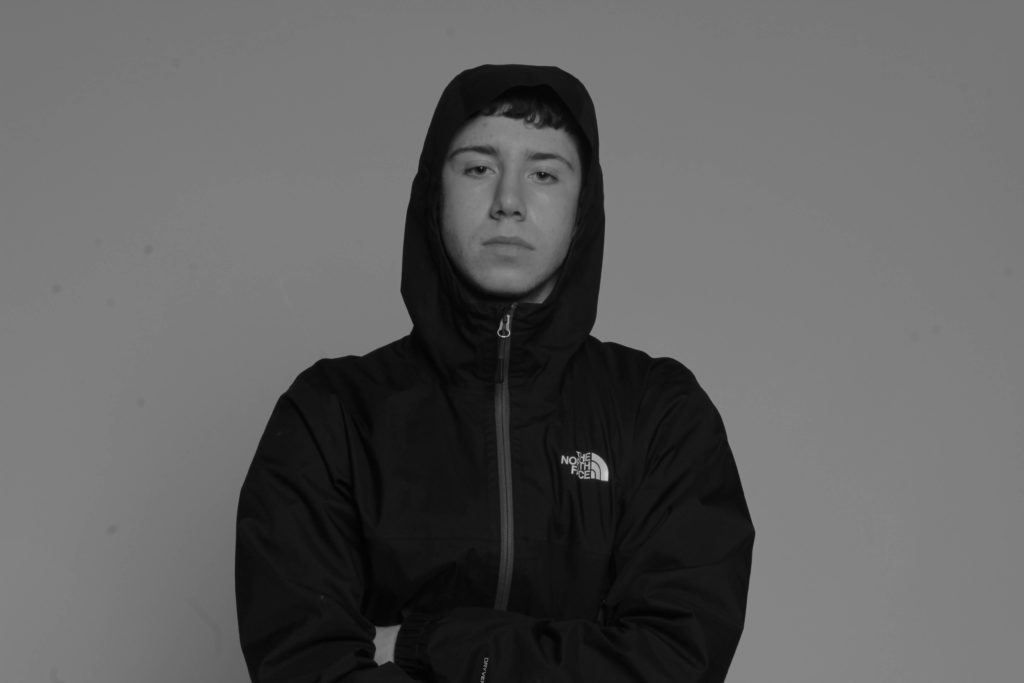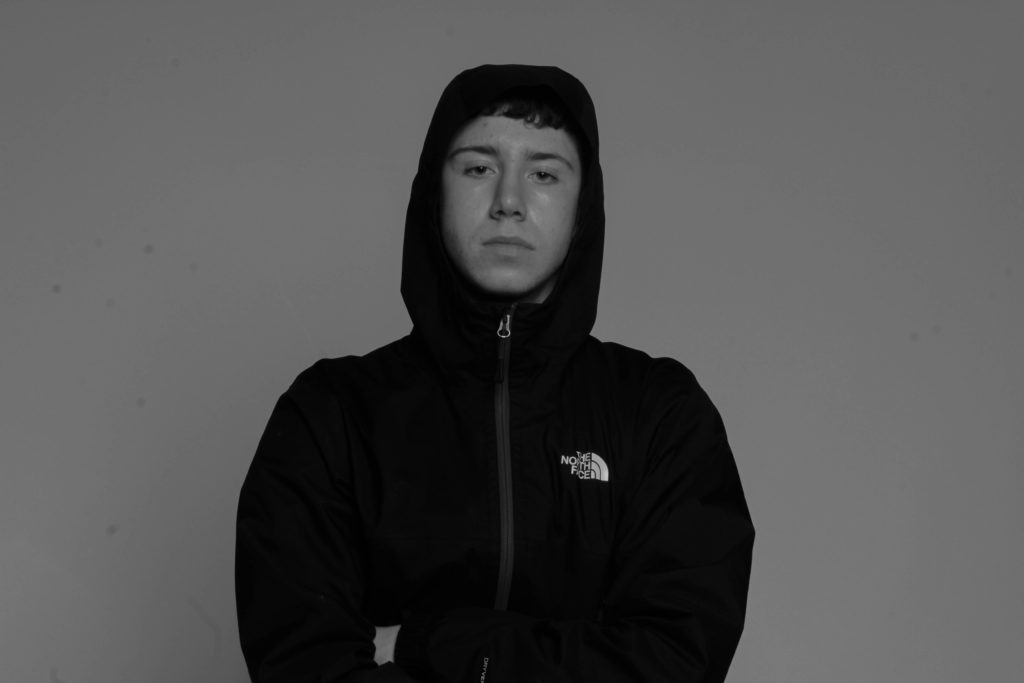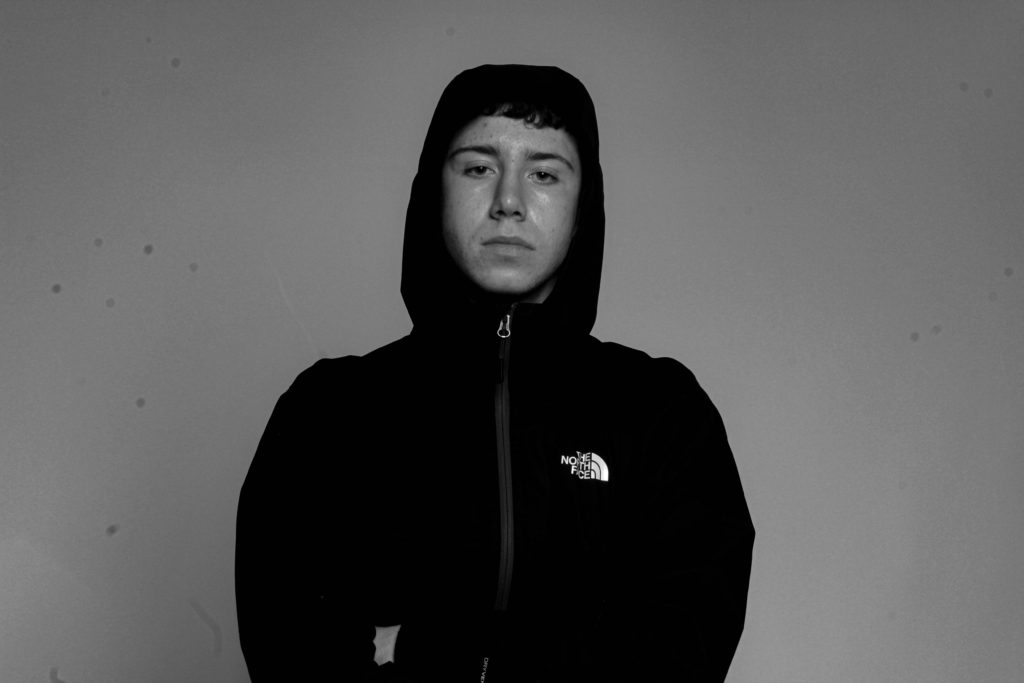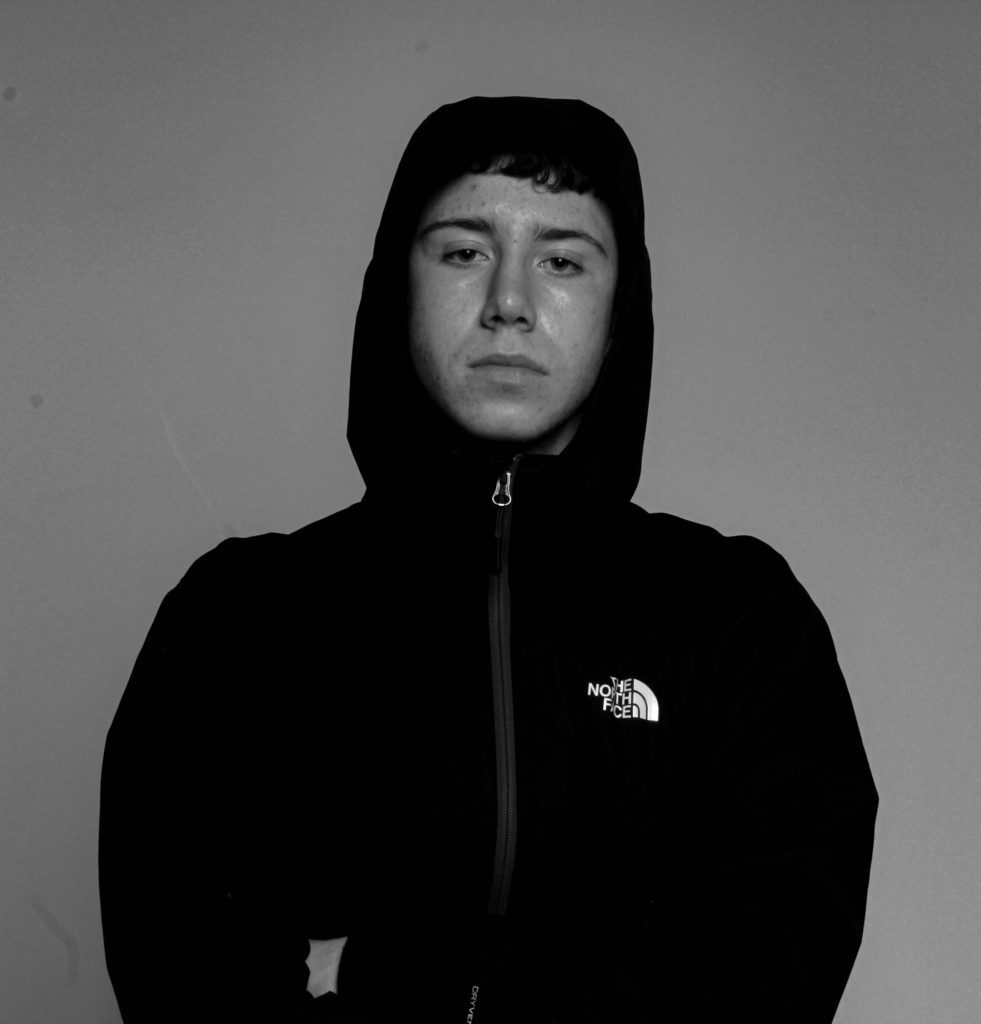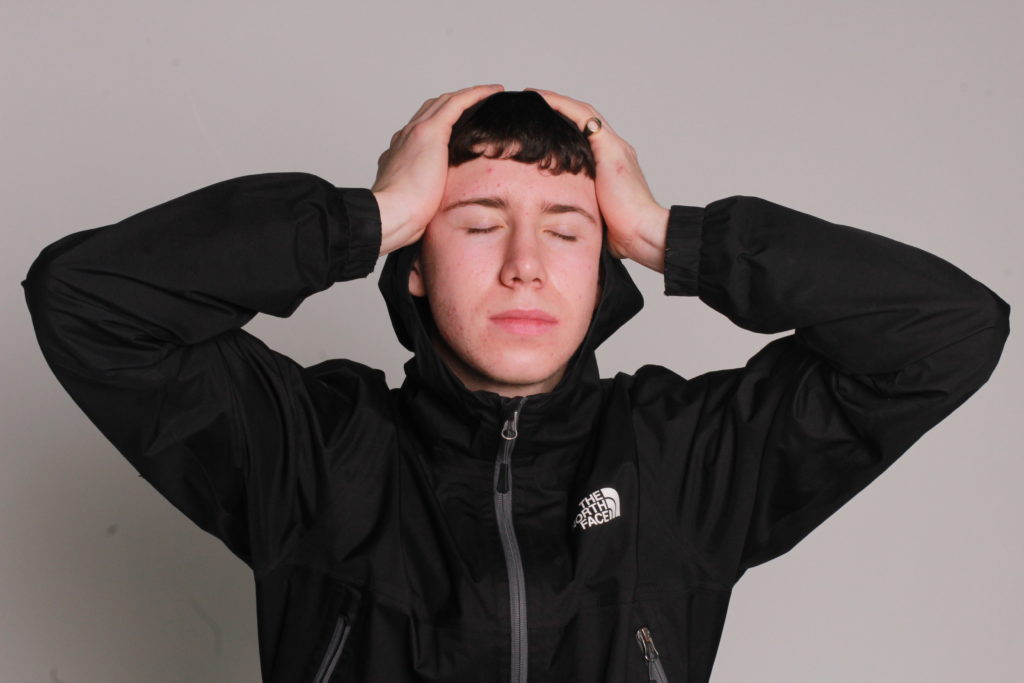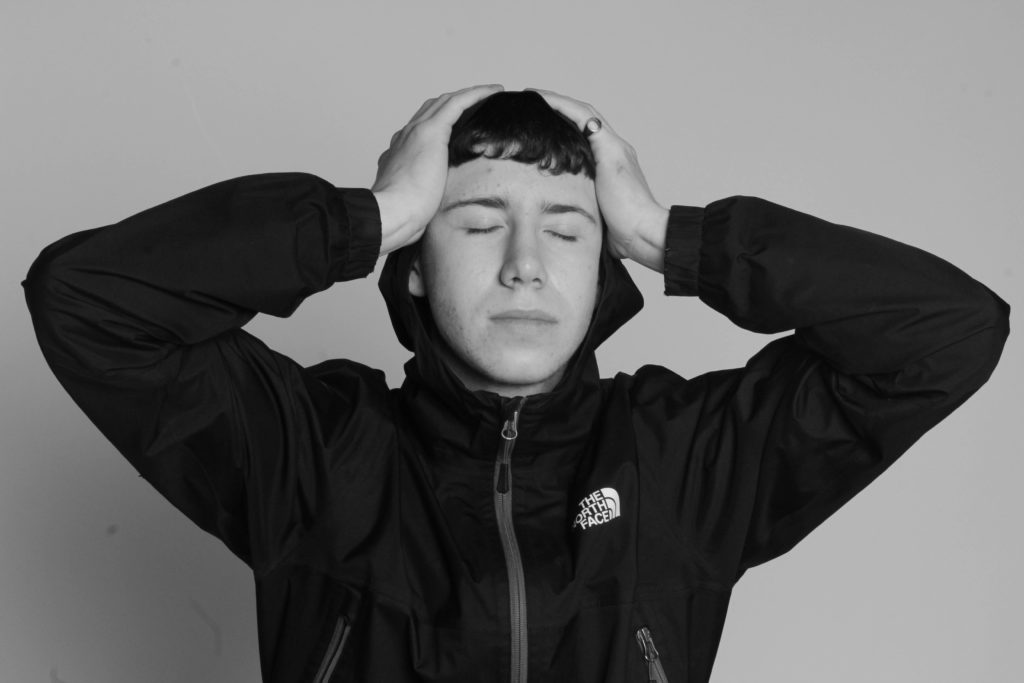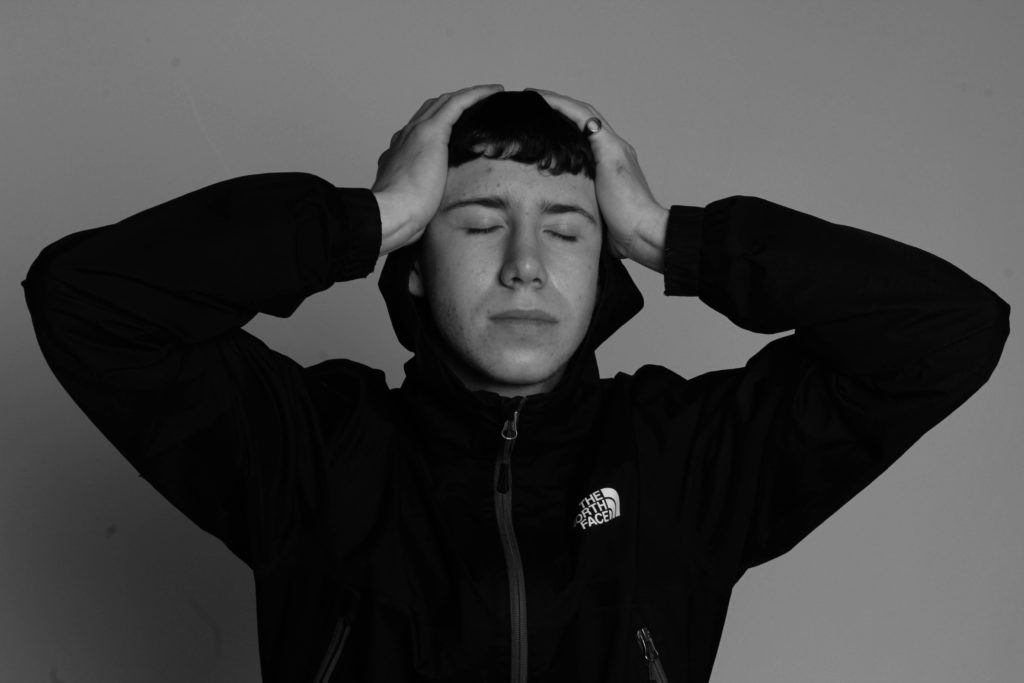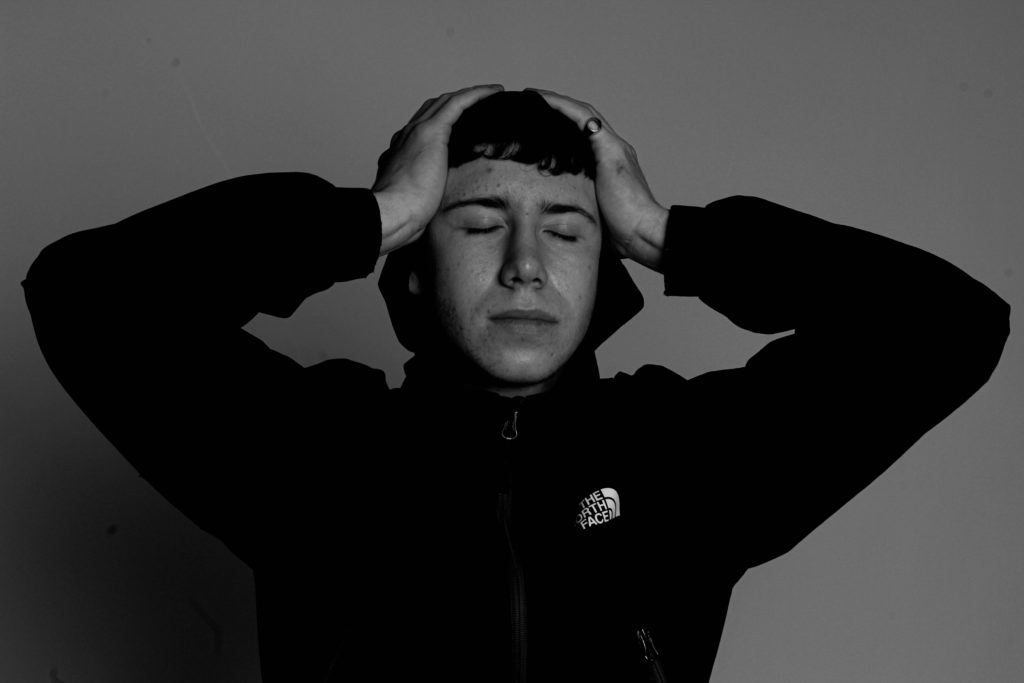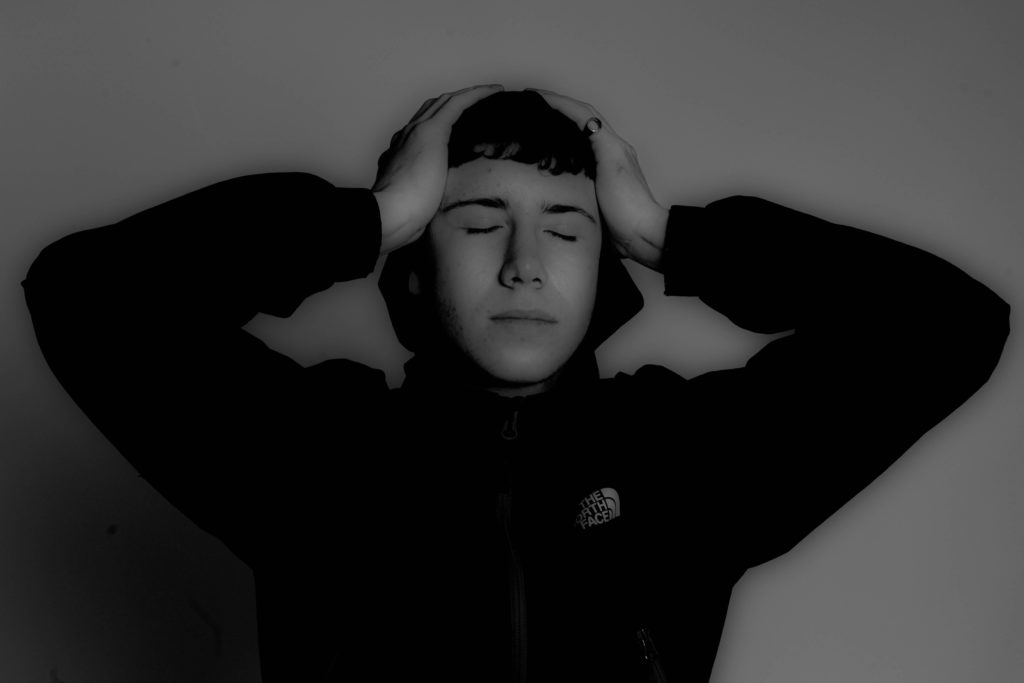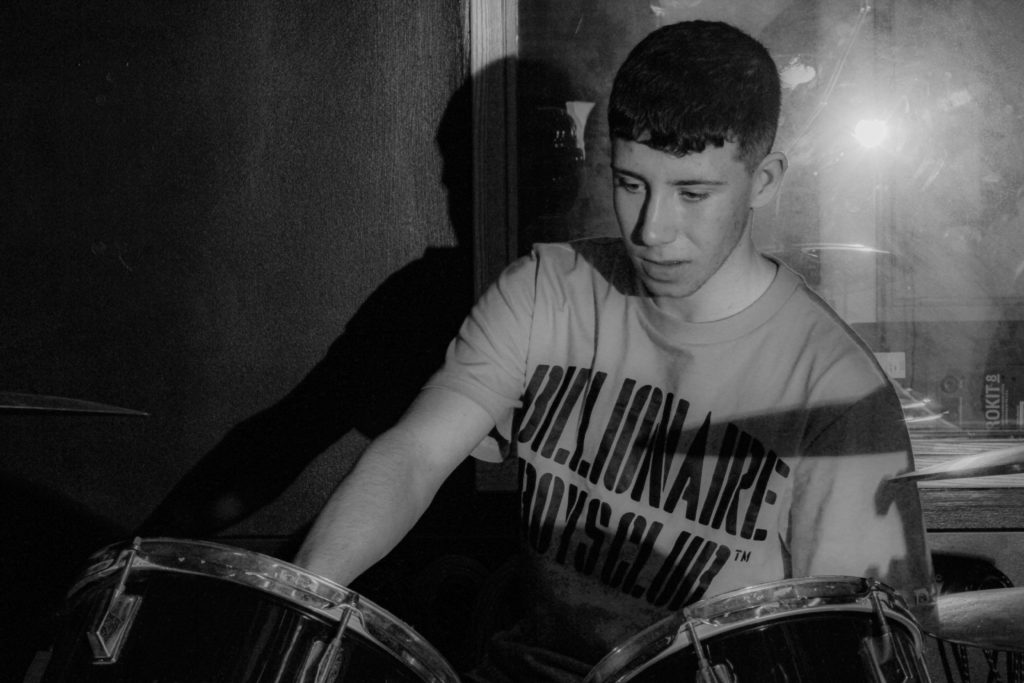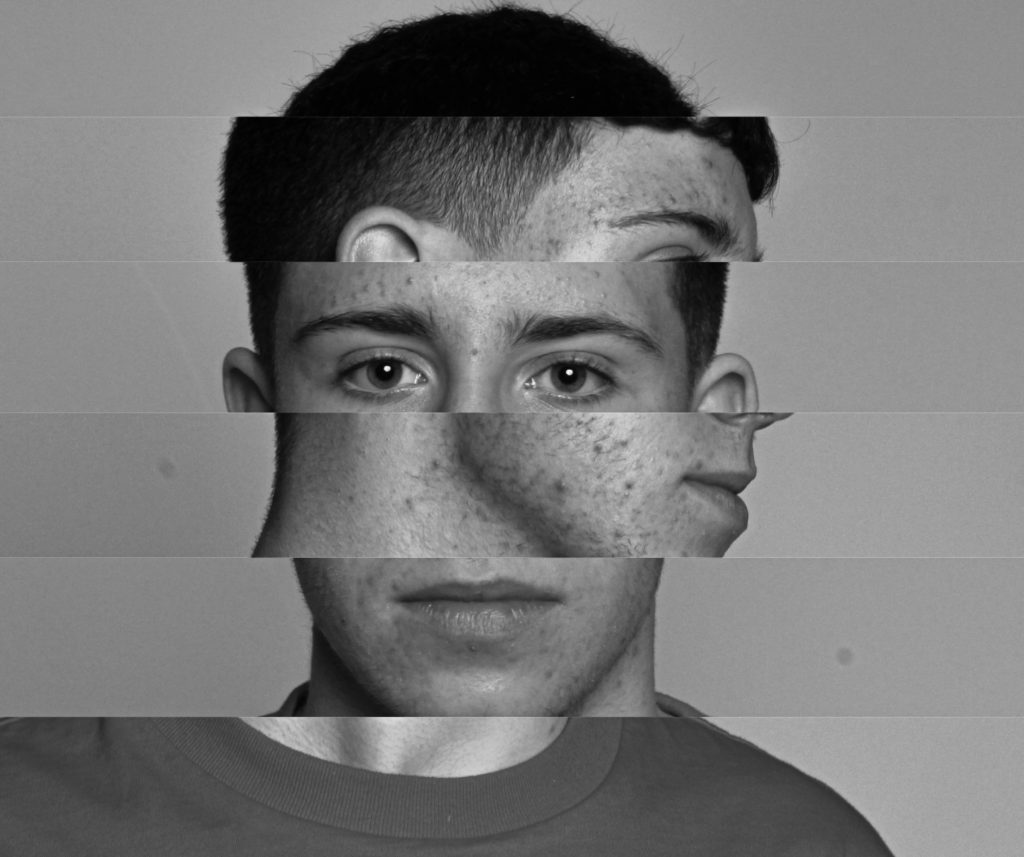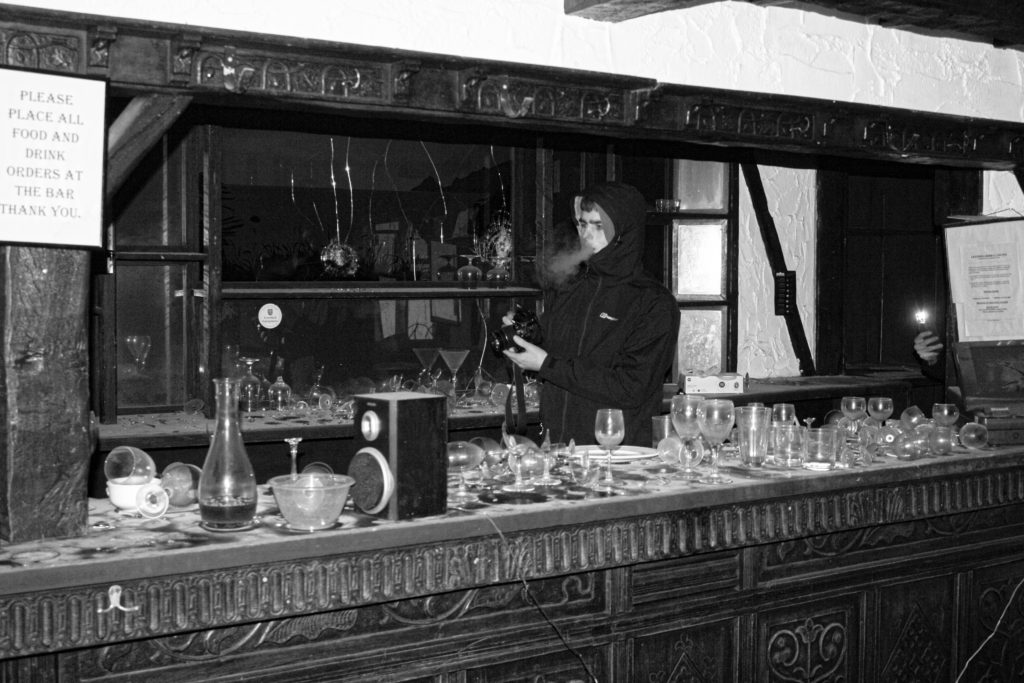Rural Landscape Photography
Rural landscape photography refers to “photography in the countryside” and covers the rural environment. While rural landscapes often contain architecture – much the same as urban landscapes – rural landscape photography is more about capturing the life and elements found in the countryside.
13 Types of Landscape Photography:
- Seascape Photography
- Mountain Photography
- Forest Photography
- Cloudscape Photography
- Astrophotography
- Panorama Photography
- Time Lapse Photography
- Long Exposure Photography
- Star Trail Photography
- Sunrise/Sunset Photography
- Night Photography
- Representational Photography
- Abstract Photography
Below are shown some landscape images that have been photographed across Jersey CI at many different beaches and locations. All images have been taken of the sea and beaches because Jersey has very nice beaches and has many good places to take photographs.
Jersey Landscape Photography Moodboard
Romanticism Photography
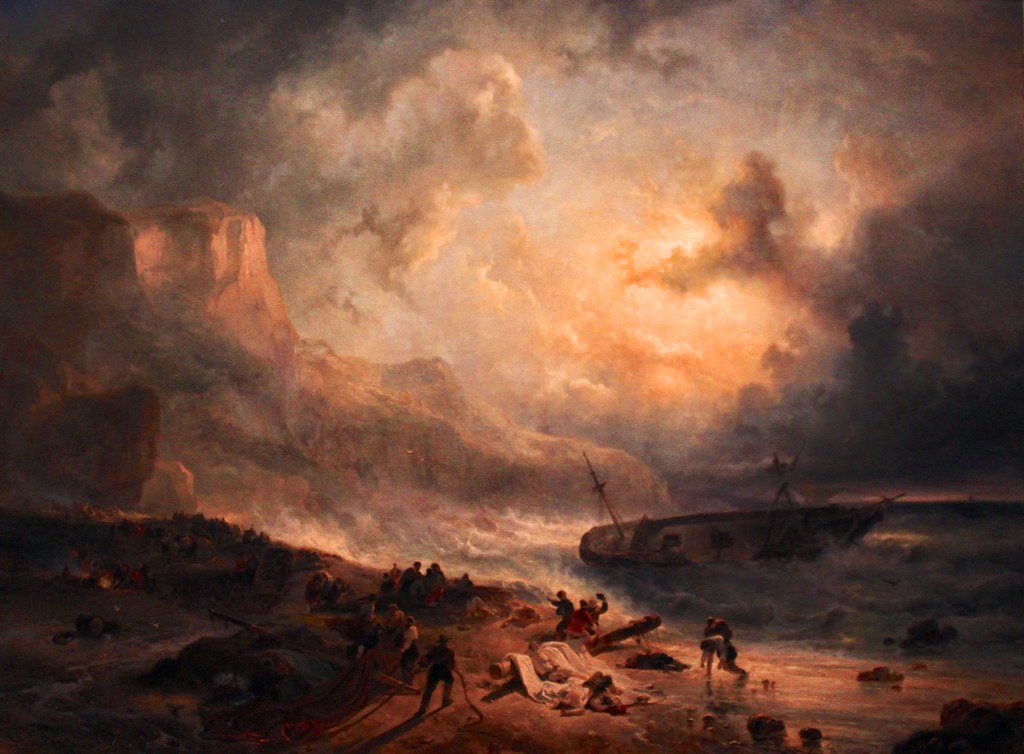
1812 
Théodore Gericault , 1818
Romanticism – a movement in the arts and literature that originated in the late 18th century, emphasizing inspiration, subjectivity, and the primacy of the individual.
Romanticism emphasized the individual, the subjective, the irrational, the imaginative, the personal, the spontaneous, the emotional, the visionary, and the transcendental.
Romanticism originated in Europe during the end of the 18th century, but it’s still well and alive today. Contemporary Russian artist Anna Razumovskaya manages to capture the romantic style of Renaissance portraiture in her own, modern way.
Anna Razumovskaya work examples



